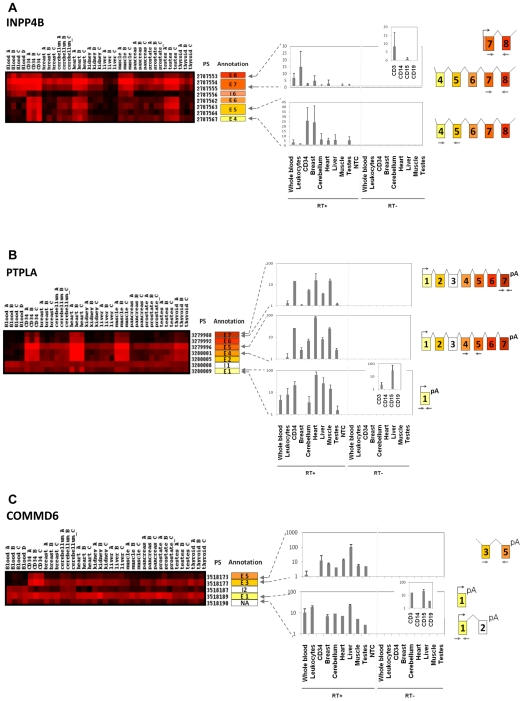Figure 4. Differential exon expression between whole blood and HSPC: splice isoform switch during hematopoietic differentiation.
Expression matrices and experimental validation of microarray results for INPP4B, PTPLA and COMMD6 (see legend for Figure 3). (A) Exon microarray results for INPP4B gene showed that exons 4, 5, and 6 were under expressed in blood samples compared to CD34+ samples. Interestingly, a PS situated in intron 6 showed an expression similar to that of exon 7, suggesting an exon extension in exon 7 in blood cells and existence of an alternative promoter just upstream of this exon. QRT-PCR results confirmed detection of exons 7 and 8 in whole blood and in leukocytes, notably in CD3+ T-cells, whereas exons 4 and 5 were not expressed in blood samples but detected in CD34 cells. These results point out the absence of a long transcript (including exons 4 and 5) in mature blood cells. (B) The exome expression profile showed that blood express only a short transcript form of PTPLA, limited to exon 1, whereas CD34+ HSPC cells and some solid tissues expressed a long form spanning exon 1 to exon 7. We showed by qRT-PCR that blood and specifically CD3+ and CD15+ cells expressed the short form corresponding to exon1, but not the long form including exon 7. (C) Hematopoietic cells show differential expression of COMMD6 gene: microarray data indicate expression of one unique exon (exon 1) in blood, whereas CD34+ HSPC and other solid tissues expressed transcripts containing exons 3 to 5. This differential expression was confirmed by qRT-PCR, and suggested at least two alternative splicing variants for COMMD6 with a mutually exclusive expression mode during hematopoietic differentiation.

